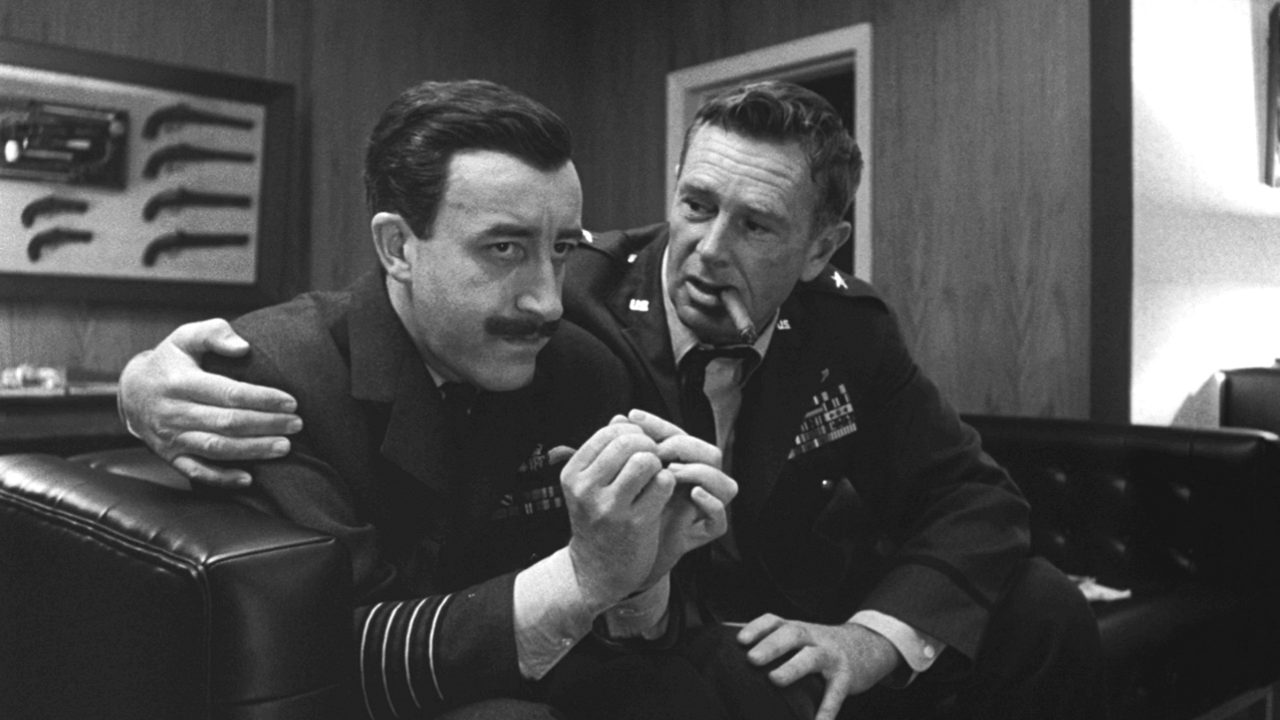 |
| Me, running the NYC Marathon |
One of the first blog posts ever on PBFluids was a review of Almond Et al’s study of hyponatremia. With this year’s Boston Marathon now complete I have re-reviewed the subject.
The Almond study was high profile and did a good job of demonstrating the risk factors for marathon induced hyponatremia. (See this post for a review) However some of the findings were self evident: increased weight gain was associated with hyponatremia. What is not answered is, why those who developed hyponatremia gained 3 liters of water. Why didn’t these patients just urinate the excess water? Normally, a falling sodium, shuts down ADH like a bordello on Easter. The retention of water is indirect evidence of ADH. Could it be that marathon running and ultra-endurance events could be added to the list of causes of the Syndrome of Anti Diuretic Hormone (SIADH).
It would have been nice to see a U/A or urine osmolality in Almond’s data to confirm this.
Siegel et al. (PDF) has done the most detailed study I am aware of on exercise induced hyponatremia. They did detailed biochemical assessments on 39 runners in the 2001 Boston Marathon. They drew pre-race (day before) and post-race (within 2 hous of finishing) samples for:
- CPK
- IL-6
- ADH (vasopressin)
- cortisol
- prolactin
- CRP
They also looked at 308 runners who collapsed during the 2004 Boston Marathon and measured:
Additionally they did some blood tests on 2 runners who had died of cerebral edema from exercise induced hyponatremia. One from the 2002 Marine marathon and the other from the 2002 Boston Marathon.
The normal patients had spikes in their CPK from 150 to 2,323. They also had a doubling of cortisol and prolactin but no change in ADH levels. The rise in CPK was matched by increases in IL-6 followed by an increase in CRP.
Of the 308 collapsed runners only 16 had hyponatremia. All of the hyponatremic runners reported a lack of urination during the race. 7 of the 16 had inappropriately high ADH levels in the blood. The authors concluded that lack of urination (though only driven by ADH in half the patients) rather than fluid loading was the predominant cause of hyponatremia.
 The article then describes the laboratory and clinical scenario surrounding the two deaths in 2002. The data is summarized in the following table:
The article then describes the laboratory and clinical scenario surrounding the two deaths in 2002. The data is summarized in the following table:
 Importantly, both patients were initially treated with 150 mL/hr of normal saline without improvement. Two years later, two patients presented with similar symptoms and responded well to 3% saline:
Importantly, both patients were initially treated with 150 mL/hr of normal saline without improvement. Two years later, two patients presented with similar symptoms and responded well to 3% saline:
 The primary conclusions from this study, which admittedly is a bit schizophrenic with numerous anecdotal reports from various populations, is that exercise induced hyponatremia is not due to sodium loss but rather from fluid retention. Some of this fluid retention is driven by ADH and hence introduces exercise induced hyponatremia as a novel cause of SIADH. The diagnosis of SIADH is backed up by elevated urine sodium, elevated urine osmolality and normal (or high in the case of cortisol) cortsiol and TSH levels.
The primary conclusions from this study, which admittedly is a bit schizophrenic with numerous anecdotal reports from various populations, is that exercise induced hyponatremia is not due to sodium loss but rather from fluid retention. Some of this fluid retention is driven by ADH and hence introduces exercise induced hyponatremia as a novel cause of SIADH. The diagnosis of SIADH is backed up by elevated urine sodium, elevated urine osmolality and normal (or high in the case of cortisol) cortsiol and TSH levels.
The elevated urinary sodium levels (consistent with SIADH) are a critical fact in the etiology of hyponatremia. If we were dealing with hypovolemia (commonly, but erroneously, referred to as dehydration), a cause of hyponatremia, one would expect a low urine sodium (usually less than 10 but always less than 20). The high urine sodium means that these patients were not volume depleted, It was not loss of sodium through the sweat which lead to the low sodium. This means that changing the sodium content of sport drinks is unlikely to prevent the complication.
The authors point out NSAIDs (ibuprofen, Motrin, Advil, naproxen) enhance renal response to ADH and should be avoided in the 24-hours prior to a race.
The authors recommend treating acute symptomatic hyponatremia from a marathon with 3% saline 1 mL/kg/hr to raise serum sodium 4-6 mEq/L and then to slow the rate to target 12 mEq/L in the first 24 hours of therapy. Just as is in all cases of SIADH 0.9% saline may not improve the serum Na.


















 Both CSA and prednisone were significantly better at achieving remission (complete and partial) than oral prednisone:
Both CSA and prednisone were significantly better at achieving remission (complete and partial) than oral prednisone:








